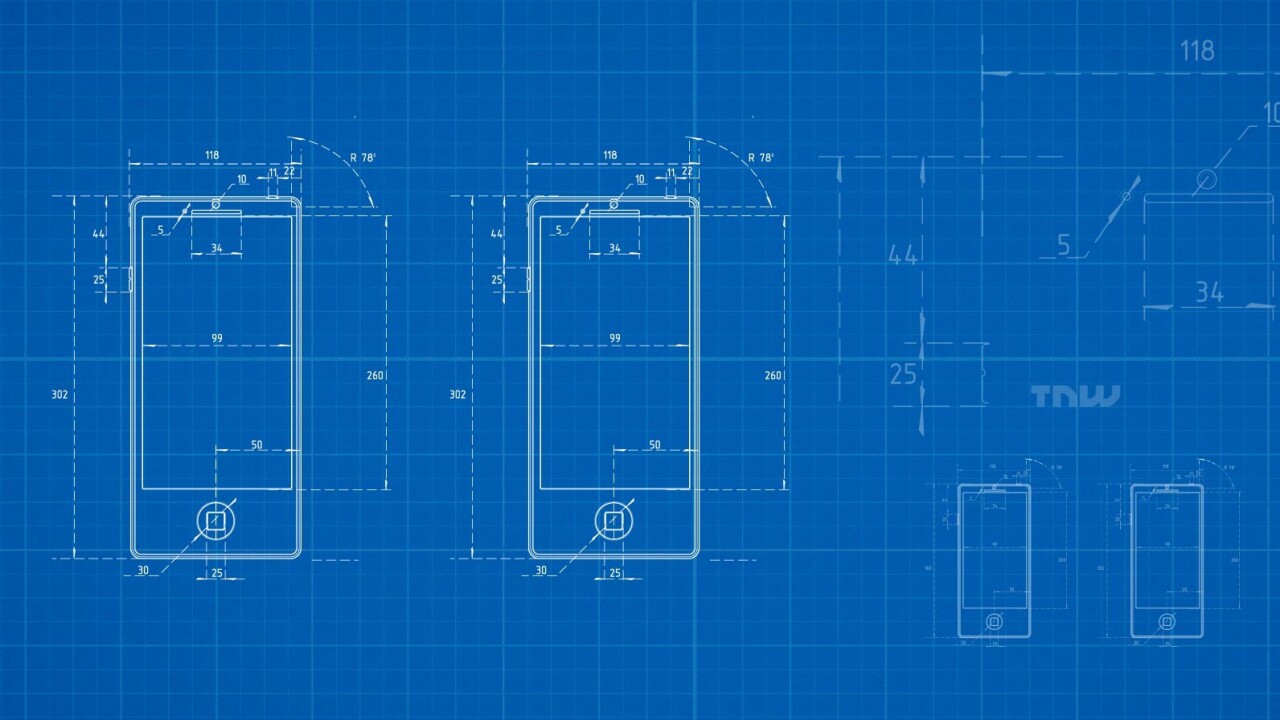
This week, the US patent office issued 6,801 patents. Each patent adds a little something new to the human knowledge base.
As there’s not way we can list all six thousand, the PatentYogi team has selected the five most interesting patents.
Google wants drones to save your life
Patent number: US 20160244163

The system employs multiple drones that are configured to provide medical support for various medical situations.
Drones may be preconfigured according to various medical conditions like a cardiac arrest, a car accident and more. The drone may carry the required medicines and various medical devices such as a defibrillator. The selected drone then travels to the target location to provide medical support.
For example, for a scuba diving accident, the system may include a preconfigured “dive-rescue” drone. The drone includes a flotation device, an oxygen-therapy system, and a system for delivering visual and audible medical care instructions. The drone should be able to reach the diver and deliver medical treatment sooner than would otherwise be possible. When the drone reached in the vicinity of the diver, the drone automatically locates the diver and may drop a flotation device to help the diver stay afloat until the diver can be reached by rescuers.
Further, once the diver has been rescued, the drone may display visual instructions for CPR, which may help to revive a drowning victim. The instructions will be particularly useful when the diver is rescued by non-medical professionals.
Amazon develops active collision avoidance systems for delivery drones
Patent number: US 20160247407

However, there are some key challenges that must be addressed before drones get widely adopted in the market.
These drones generally operate at low altitudes where air traffic is busiest and most unpredictable. For example, take-off and landing of commercial aircraft, test flights, private pilot activity, hobbyists, balloons and blimps, aerial advertising, float planes, emergency responders and other drones are more likely to be present within the drone’s airspace. Therefore, a drone, operating autonomously or under the control of an operator must actively avoid interference with other objects, both moving and stationary, that are present within the drone’s airspace.
Accordingly, Amazon is developing active collision avoidance systems for its delivery drones. These drones will include multiple sensors including cameras capable of capturing multiple wavelengths of electromagnetic energy including infrared and visual, acoustic sensors and multispectral sensor for the detection of objects during the drone’s operation.
The use of multispectral sensors is the key innovation here. These multispectral sensors assist in better object identification. The multispectral imaging is used to determine the composition of an object by capturing specific frequencies of reflected electromagnetic energy. The polymer of the paint or similar coating may produce a unique spectral fingerprint from which an object can be identified.
Then, the drone compares its own flight plan to the trajectories of the detected objects and updates its own flight plans to minimize or eliminate the likelihood of interaction with the detected objects.
The object avoidance system is used continuously to ensure safe travel for the drone and objects within the drone ‘s airspace throughout the drone’s operation.
US Navy to harvest farts from bacteria
Patent number: US 20160244706

The gases produced are trapped within the chamber building up the pressure, in some cases to as much as 30 psi above atmospheric pressure. Once gas of sufficient pressure is collected, a valve releases the gas out to another chamber for utilization.
One use of the gas thus produced is to float marine vessels from the bottom of the sea by letting the gas fill the ballast tanks. Essentially, the buoyancy of a marine vessel is increased by the production of such gases casing the vessel to float to the surface. When there is a need to submerge the vessel, the ballast tanks are filled with water causing the vessel to sink.
Another use of such gases, particularly hydrogen and methane, is in the production of energy that may power autonomous sensors, power drones or simply act as a portable power source.
IBM invents artificial skin that may outperform its natural counterpart
Patent number: US 9,421,087

The artificial skin includes “nano-fingers” fabricated over a semiconductor layer. These nano-fingers extend vertically from the semiconductor layer and mesh with a matching array of nano-fingers extending from a flexible layer where pressure can be sensed. Depending on the pressure acting on the flexible layer, the amount of interlocking of the nano-fingers varies causing a change in resistance to electric current.
A transistor array fabricated in the semiconductor layer then generates electrical signals representative of the pressure acting on different regions of the flexible layer. With the advanced high density fabrication technology available, the resolution of the transistor array and the nano-fingers can be made far higher than what is found in biological skins.
NASA invents VTOL aircraft with increased cruise efficiency
Patent number: US 20160244158

Existing solutions require ground infrastructure, namely catapults and arresting equipment, to launch and recover cruise efficient aircraft, thereby imparting these aircraft with VTOL like capabilities.
But NASA has now invented a VTOL capable aircraft that is also efficient at cruise efficiency.
This is accomplished by having a wing and a tail that are able to tilt through a range of motion to transition the aircraft between hovering flight and wing born flight.
A series of electric motors are coupled to the wing and drive an associated wing propeller. Similarly, another series of electric motors are coupled to the tail to drive an associated tail propeller.
Further, the electric propulsion system uses a battery augmented series hybrid electric propulsion system having internal combustion engines that power electric generators connected to the series of electric motors.
By using the electrical propulsion system, four times increase in range and endurance is obtained and a lift to drag ratio (L/D) of around 20 is achieved. In comparison, the L/D ratio of helicopters is between four and five.
Get the TNW newsletter
Get the most important tech news in your inbox each week.





